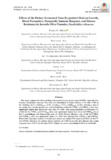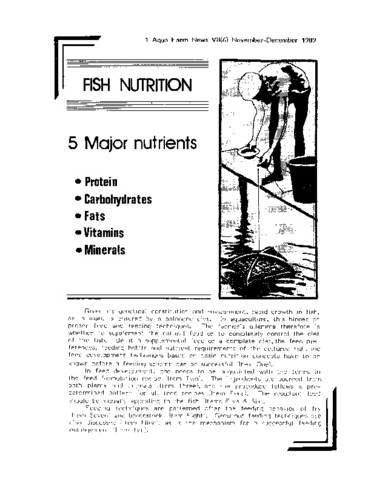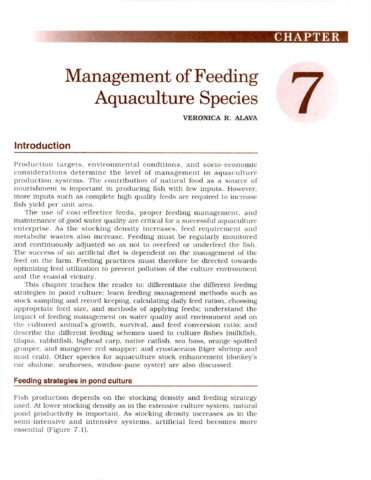Effects of the dietary fermented tuna by-product meal on growth, blood parameters, nonspecific immune response, and disease resistance in juvenile olive flounder, Paralichthys olivaceus

Associated URL
www.onlinelibrary.wiley.comDate
2019Author
Page views
435Metadata
Show full item recordCited times in Scopus
Share
Abstract
This study evaluated the effects of dietary fermented tuna by‐product meal (FTBM) in juvenile olive flounder, Paralichthys olivaceus. Five diets were formulated to replace fishmeal (FM) with FTBM at 0% (FTBM0), 12.5% (FTBM12.5), 25.0% (FTBM25), 37.5% (FTBM37.5), or 50% (FTBM50). After 8 wk, weight gain, specific growth rate, and feed efficiency of fish fed FTBM0 and FTBM12.5 diets were significantly higher than fish fed the other diets (P < 0.05). Also, mean cumulative survival rates (%) of fish fed the FTBM0 and FTBM12.5 diets were significantly higher than those fed FTBM50 diet at Day 9 postchallenge with Edwardsiella tarda (P < 0.05). Protein efficiency ratio of fish fed FTBM0 and FTBM12.5 diets was significantly higher (P < 0.05) than fish fed diets FTBM37.5 and FTBM50. Broken‐line regression analysis of weight gain showed an optimal FM replacement level of 10.65% with FTBM. Therefore, the optimal dietary inclusion of FTBM in juvenile olive flounder diets could be greater than 10.65% but less than 12.5% without any adverse physiological effects on fish health.
Suggested Citation
Oncul, F. O., Aya, F., Hamidoghli, A., Won, S., Lee, G., Han, K. R., & Bai, S. C. (2019). Effects of the dietary fermented tuna by-product meal on growth, blood parameters, nonspecific immune response, and disease resistance in juvenile olive flounder, Paralichthys olivaceus. Journal of the World Aquaculture Society , 50(1), 65-77. https://doi.org/10.1111/jwas.12535
Subject
Taxonomic term
Collections
- AQD Journal Articles [1240]
Related items
Showing items related by title, author, creator and subject.
-
Fish nutrition
Carreon-Lagoc, Julia; Southeast Asian Fisheries Development Center, Aquaculture Department (Aquaculture Department, Southeast Asian Fisheries Development Center, 1989) -
Nursery culture of mud crab, Scylla serrata, using different ratios of natural food to formulated feed
Alava, Veronica R.; Sumile, Jony D.; Parado-Estepa, Fe D. (Aquaculture Department, Southeast Asian Fisheries Development Center, 2017)The effect of feeding different ratios of natural food to formulated feed on the production and profitability of Phases 1 and 2 of nursery culture (3 weeks per phase) of hatchery-produced crab Scylla serrata was investigated. ... -
Management of feeding aquaculture species
Alava, Veronica R. (Aquaculture Department, Southeast Asian Fisheries Development Center, 2002)This chapter teaches the reader to: differentiate the different feeding strategies in pond culture; learn feeding management methods such as stock sampling and record keeping, calculating daily feed ration, choosing ...





